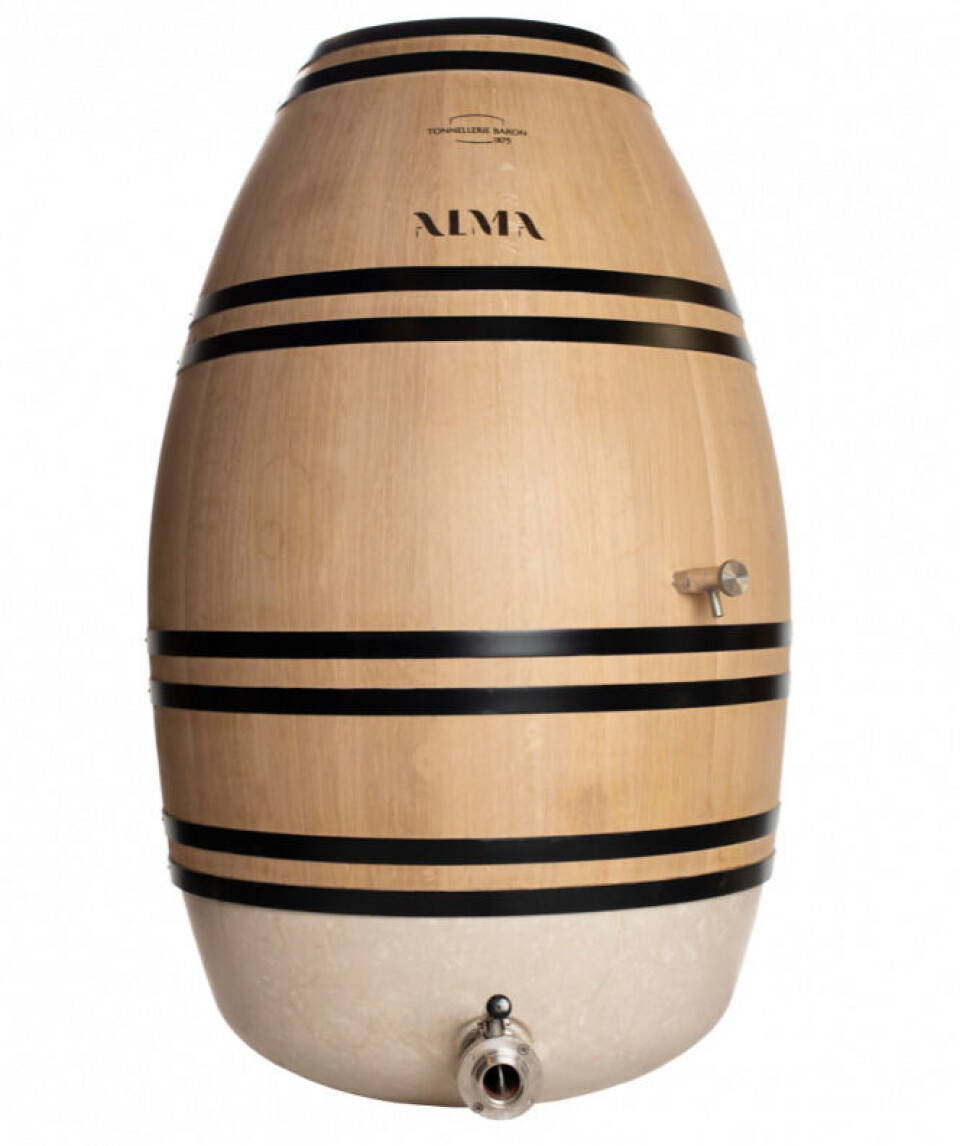-
Winegrowers outraged by €0.01 bottle of wine in French supermarket
Lidl claims labelling error but local farmers’ union says it threatens local production
-
Christmas gift ideas for French wine lovers
Our top picks for oenophiles, from decanters to Champagne
-
Rare champagne from Charles and Diana’s 1981 wedding to go to auction
Bottle was specially produced for the couple’s wedding
French ‘hybrid’ wine barrel made of clay and wood 'is the future'
Some winemakers in France and abroad have been experimenting with clay fermentation vessels, similar to the amphoras used by ancient Romans

An innovative ‘hybrid’ barrel made of clay and wood is being hailed as a way to mature wines to benefit from both materials.
Wine has traditionally been matured in oak barrels, which allow some of the flavours of the wood to enter the wine. This can often give a vanilla taste, adding to the complexity of the drink.
The new clay vessels are either made with terre cuite, the familiar red clay baked at relatively low temperatures and commonly used for roof or floor tiles, or with grès.
The latter is a white clay which is baked in a high temperature kiln, but not glazed like chinaware.
Both allow some air to enter the wine, while the absence of wood flavours is said to allow very fruity wines to be made. Clay can also add mineral nuances to the wine.
Lionel Kreff, sales director of Tonnellerie Baron, just outside Saintes in Charente-Maritime, told The Connexion: “Our new barrels should allow winemakers the best of both worlds – the fruitiness of using a grès with a top quality French oak barrel, built to their requirements. It is too early to say if the results meet expectations – the first wine went into barrels only a couple of months ago – but the demand from all sorts of winemakers, from Bordeaux reds to champagne to Tuscany reds in Italy, has been very strong.

“Not everyone will receive their orders in the time they hope for because each barrel takes a while to make.”
The barrel’s clay bottom comes from the Italian city of Genoa, which is famous for its floor tiles.
“We needed a very pure clay, otherwise there is a risk of contaminants such as lead, aluminium and cadmium leaching from the clay,” said Mr Kreff. “And the baking [in a kiln to a temperature of 1,200C] is also done there.
“They have the necessary experience to do it.”
The wooden part of the barrel and the assembly are both done in France using coopers who have been trained in barrel-making in Cognac. Making a traditional wooden barrel involves selecting staves from matured wood, putting them into steel hoops and then bending into shape using a fire in the centre of the barrel, with water to soften the wood.
“Obviously, we cannot use traditional techniques,” said Mr Kreff.
“It took us years to perfect the system we use now to make the hybrid barrels and it is a closely guarded secret.”
The hybrid barrels hold 405 litres of wine, compared to a classic Bordeaux wine barrel of 225 litres.
Around 25% of the wine is in contact with clay.
At €2,800, the hybrid barrels are double the price of a 400- litre wooden barrel, but Mr Kreff says he expects them to last “lifetimes”.
“When the wooden part is finally too old, it can be replaced on the same clay base,” he said.
A dedicated handling tool for forklifts or pallet trucks, specially made for the barrel’s shape, is included in the price.
Related stories
Explained: Sulphites in French wine
Archaeologists discover medieval port in west France
Are protective solar panels the future for French vineyards?























